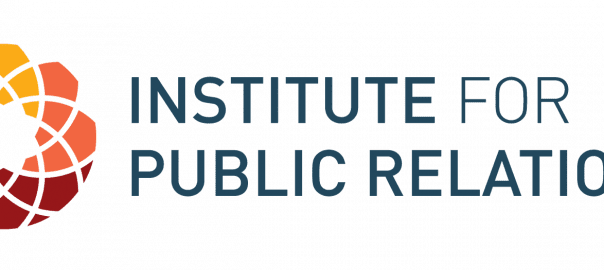Topic: Leadership, Employee Communication Channels, and Employee Satisfaction Authors, Title and Publication Men, L. R. (2014). Strategic internal communication: Transformational leadership, communication channels, and employee satisfaction. Management Communication Quarterly, 28(2), 1-21. Summary Technological development is changing the landscape of communication as well as the internal communication formula of companies. The easy access of organizations to … Continue reading Strategic Internal Communication: Transformational Leadership, Communication Channels, and Employee Satisfaction








